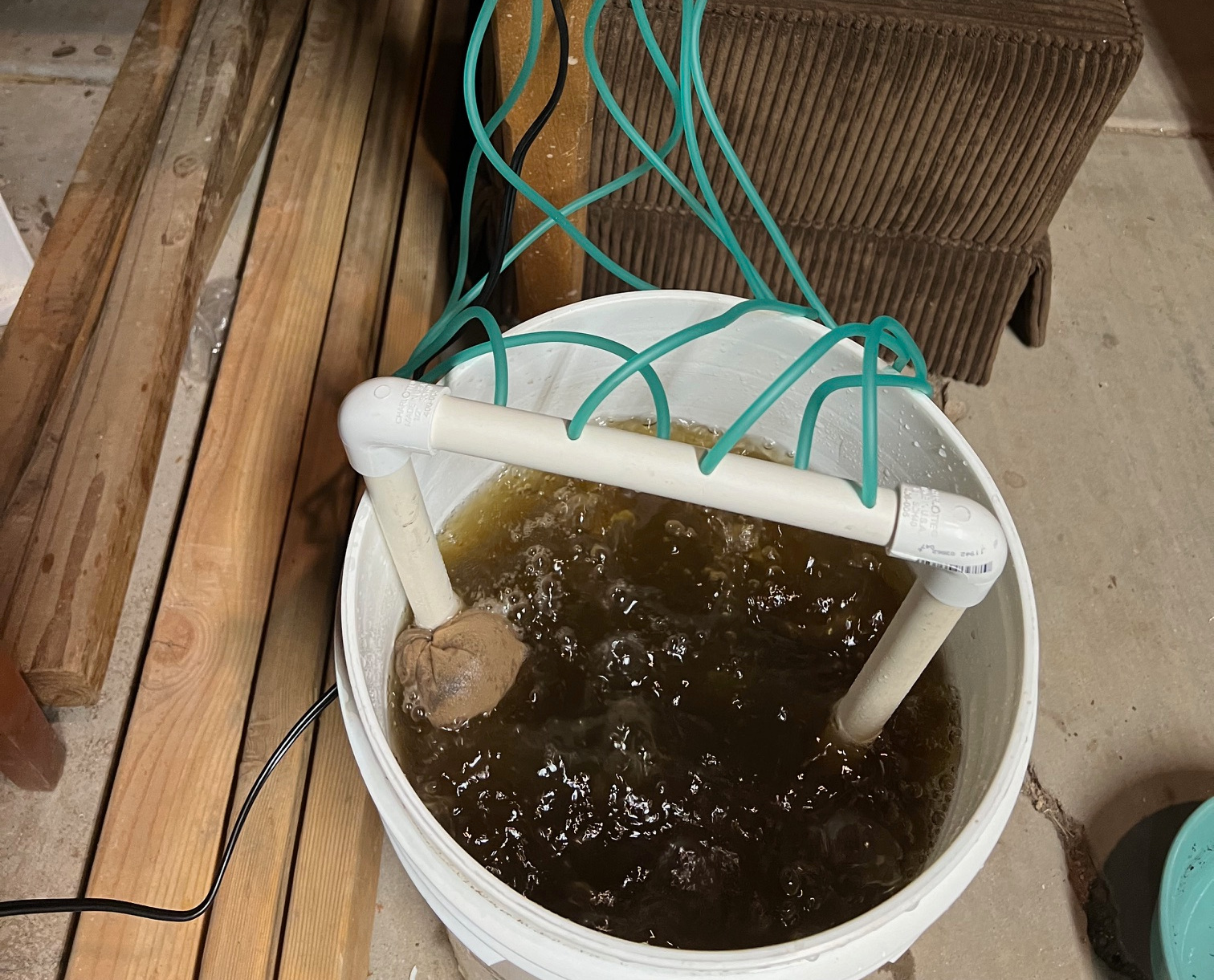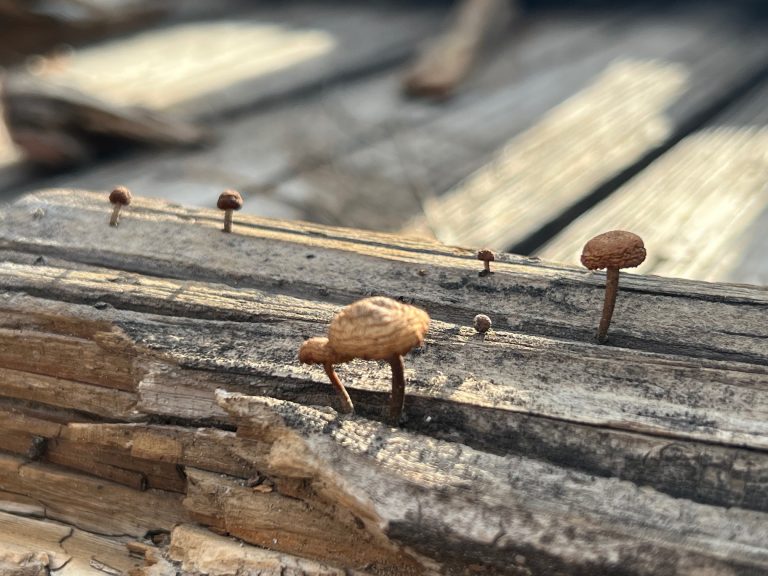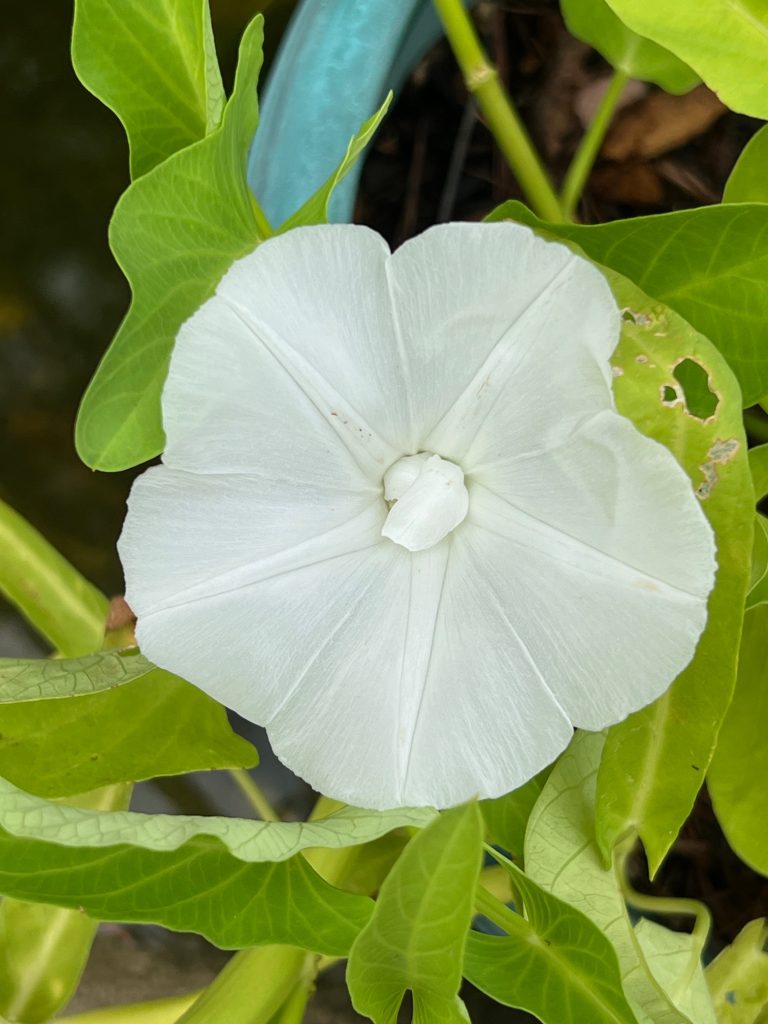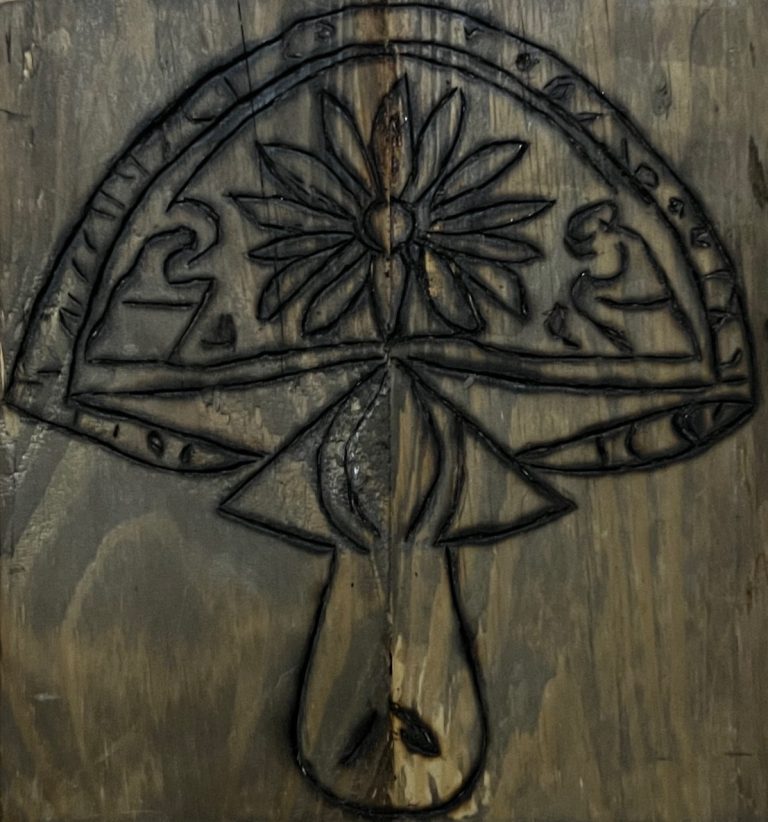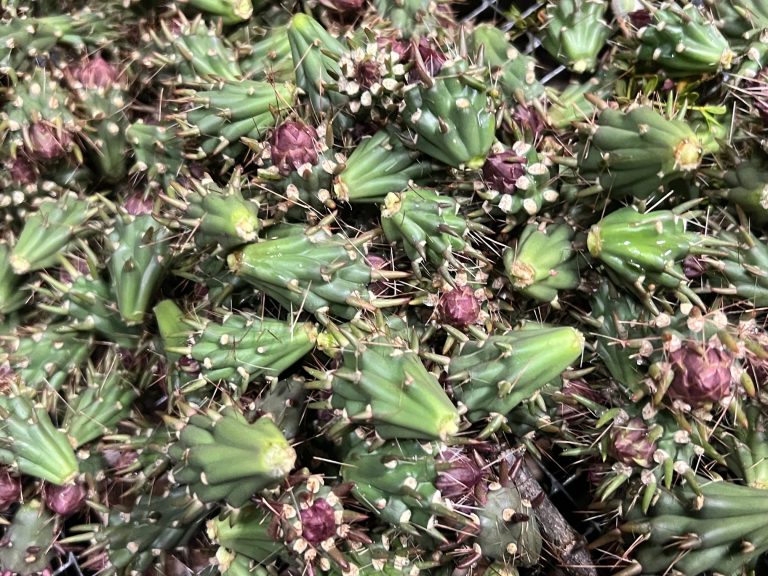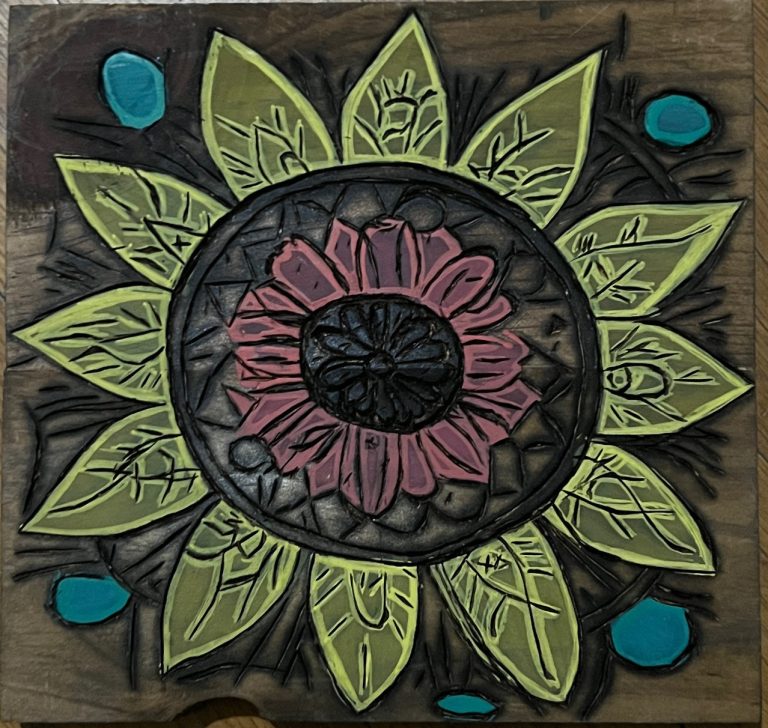07 – “One Way To Make Aerated Worm/Compost Tea” or “Yay I fucked up! and it won’t be the last time”
You can make a particular type of garden tea out of finished compost or worm castings. This is done to create either a soil drench or foliar spray to impart the beneficial qualities of compost or worm castings in liquid form to be more rapidly taken in by the plant. For example, kelp extracts work 8 to 20 times better when sprayed on the plant itself than when applied to the soil, according to my bottle of liquid kelp. The reason one would aerate the tea is to prevent anaerobic biology from developing. When this happens, our nose is quite sensitive to the chemicals released by these conditions and the organisms that thrive in those conditions. We can very clearly identify something as smelling bad or not. This is a survival mechanism because those are often times the pathogenic species which can do us harm or kill us. By bubbling water through the tea we are attempting to expose all areas to oxygen to promote the aerobic conditions that are perfect for other types of organisms. Certainly, both aerobic and anaerobic lifeforms are necessary and beneficial at the right time and place, and some can respire with or without the oxygen, using different metabolic processes.
In the past, I have made these sort of teas by taking a stocking, cloth bag, or similar material to enclose the castings/compost (somewhere around a cup to three cups, it still is quite effective when diluted and I think it wouldn’t really be possible to use too much IF you are not adding any food source) and drop it in a 5 gallon bucket around 4/5 full of water. I would then take a air pump with bubbler stones and use that to add oxygen to the liquid. I had multiple uses for airstones, and I didn’t always have a good one on hand since they might break or need cleaning after being covered in a biofilm. I could have bought a bigger or higher quality one, but they are still essentially the same thing: a porous stone with the same weaknesses. Instead, I came across a video of an experiment at a university where they were making this sort of concoction, and they put together what amounted to a bubbler made out of PVC. They use PVC for drinking water all the time so it must be perfectly safe, right? The intention here is to either extract and possibly amplify the biology living in the sample, so we need to take toxins into consideration, but using the logic that they use it for water all the time I assumed there wasn’t a problem.
The concept is pretty straightforward. The tubing from the air pump is securly put into a frame of PVC which only leaks air out of the holes we made for that purpose. I find that if you drill a hole slightly smaller than the airline tubing that is usually used with the air pumps, it is pretty easy to squeeze and twist them into the hole creating a snug seal. I cut some pipe, used quite a few fittings, and then drilled some holes. It was a lot of fun to build honestly.
The first time I used it, I was making an innoculant for biochar. I had read that kelp and fish emulsion were good for fungal food, and molassas is what I had used previously to feed the bacteria, so I came up with a mixture using compost/worm castings suspended in a solution with molassas and Garrett Juice (a foliar food) which lists as two of it’s ingrediants kelp and fish emulsion, so I thought it should turn out pretty good, but at worst I will still have all the beneficial things I had added into this cauldron. That was my logic anyways.
So I fired up the PVC pump, attached to an upgraded pump that pushed way more air than the last pumps did. When I ran it, the entire bucket of water appeared as if it were boiling, and the thick columns of bubbles were seemingly evenly dispursed. I was excited and I added the bag of compost/castings. I had read to let it sit for up to 48 hours, but to regularly check on it with your nose to prevent any anaerobic situations happening. I doubt my old pumps were doing what I thought they were doing and certainly there were “dead zones” that got no or significantly less oxygenation than other areas. However, I never noticed a displeasant odor.
This time, the smell was very sweet and strong from the molassas, in the beginning. The next day when II checked it, there was no odor that I could detect, but 5 hours or so more and it definitely started to smell rancid. What I think now is that there was essentially too many nutrients in the water , I guess, but the water was heavily bubbled and as far as I know those unpleasant smells are from anaerobic bacteria – so I don’t really understand what happened, but the bottom line is that it smelled rancid and it was being prepared with my first big batch of biochar so I had to figure out what I could do with all this stinky stuff. I ended up making a sort of hugelkultur and I mixed all the bad tea and biochar into the lower part of the trench, about a foot down. There is always anaerobic bacteria in the soil at some level, and after enough time everything will figure itself out, but for now we are not going to eat from that garden bed for one year. That seems to be the longest we should have to wait. I planted in that bed probably a month ago, and I am amazed by its performance. It holds a ton of water and the plants are taking off. I’m growing a lot of different plants in there to develop the soil biology but the only harvest I plan to take are the gourds. I planted them for my wife to do art on.
Okay so I’m going to wrap this up because this is a topic I will be revisiting many many times. There are two people that I have listened to that I highly respect and I encourage you to check out some of their videos. Matt Powers and Elaine Ingham are experts in soil microscopy among other things. I first heard Matt Powers on a podcast and he blew my mind. His laugh is hilarious and my wife loved hearing him laugh, but he is incredibly smart and is very good at explaining things. He was a teacher in a past life, and I guess he still is teaching!
Last point: there is a lot I have to learn about this subject, and while I wanted to document my failures, I can not confidently give advice on how to make an aerated compost/worm tea. When I say this, I am specifically referring to techniques that use food sources for bacteria and fungi and attempt to allow them to multiply exponentially before applying.
I have decided to buy a microscope with camera. Crazy awesome pictures coming soon!

